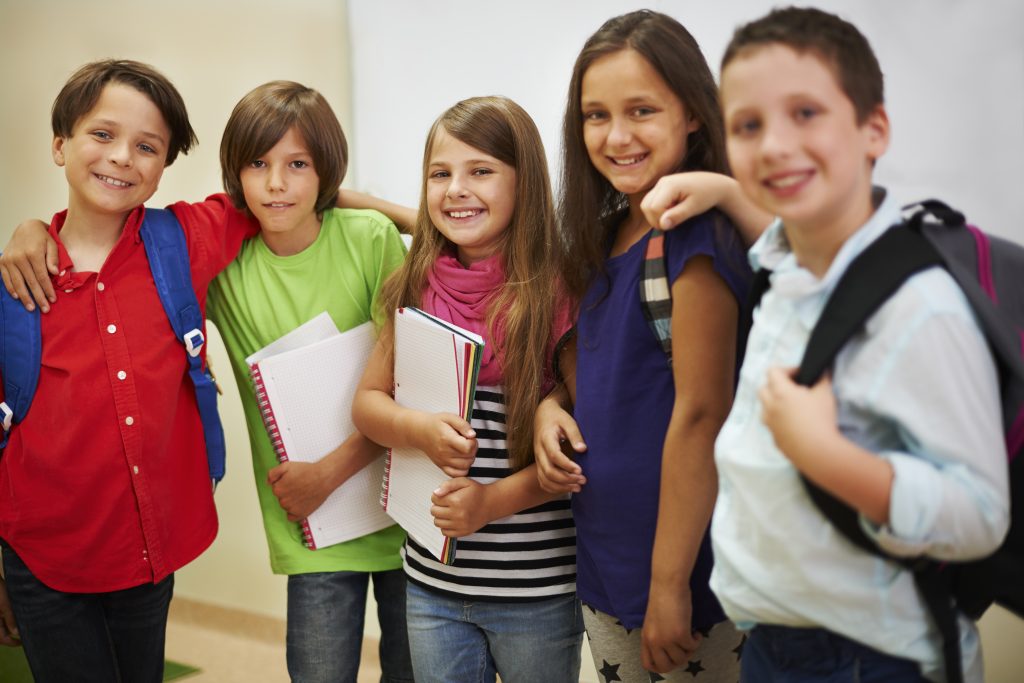With each academic session, updates in educational materials are crucial for aligning with evolving national curricula, and 2025 is no exception. The class 8 book 2025 edition, recently introduced by the National Curriculum and Textbook Board (NCTB) of Bangladesh, has been designed to promote conceptual understanding and practical knowledge across all core subjects. These new books are more learner-centric, interactive, and aligned with international education standards while preserving national values and context.
Whether you’re a student preparing for exams, a teacher planning lessons, or a parent wanting to support your child’s education, understanding the content structure and approach of the new textbooks is essential. In this article, we explore the layout, sample questions, and the significance of these books for learners in Bangladesh, including comparisons and applications in SSC and HSC standards.
What’s New in the Class 8 Book 2025 Edition?

The class 8 book 2025 materials reflect notable changes in structure, pedagogy, and assessment. Unlike previous versions, the 2025 textbooks are organized around competency-based learning rather than rote memorization. The content is categorized into modules that focus on critical thinking, application, and real-world scenarios.
Science textbooks, for example, include inquiry-based lab activities and environmental case studies to reinforce understanding. English textbooks now emphasize communicative language teaching (CLT), featuring short conversations, storytelling, and creative writing tasks. In Bangla, there’s a stronger focus on literary appreciation and contextual grammar usage.
Mathematics has seen a significant overhaul as well. Instead of only theoretical explanations, chapters now include real-life problems, skill-building exercises, and diagrammatic instruction to make learning more engaging and accessible. This approach is expected to build a stronger foundation that helps students transition easily into SSC-level content.
Additionally, each subject includes formative and summative assessment guidelines to help teachers evaluate learning more effectively. QR codes and digital resource references are also included in many books, allowing students to access videos and interactive worksheets online.
Sample Questions and Answers: Class 8, SSC, and HSC Levels

Understanding how to respond to exam questions is critical for academic success. Below are examples for Class 8, SSC, and HSC students based on updated content and methods.
Class 8 Sample: English (Paragraph Writing)
Question: Write a paragraph on “Importance of Regular Exercise” in about 150 words.
Answer:
Regular exercise is essential for maintaining good health. It helps improve our strength, energy, and mental focus. When we exercise regularly, our muscles and bones become strong. It also helps in controlling weight and reduces the risk of diseases like diabetes and heart problems. Students who engage in sports or physical activities are often more attentive in class and perform better academically. In addition, exercise improves mood and reduces stress. Even walking or cycling daily for 30 minutes can have a big impact on our overall well-being. Therefore, everyone should make exercise a part of their daily routine.
SSC Sample: Bangla (সারাংশ লিখন)
প্রশ্ন: নিচের অনুচ্ছেদটির সারাংশ লেখো।
“মানুষ সমাজে একে অপরের উপর নির্ভর করে বসবাস করে। একে অপরকে সাহায্য করার মধ্যেই সমাজের সৌন্দর্য নিহিত।”
উত্তর:
মানুষ পারস্পরিক সহায়তায় সমাজে বসবাস করে এবং এই সহযোগিতার মাধ্যমেই সমাজ সুন্দর হয়।
HSC Sample: Chemistry (Short Question)
Question: What is the difference between ionic and covalent bonds? Give one example of each.
Answer:
Ionic bonds form when electrons are transferred from one atom to another, creating ions. For example, NaCl (sodium chloride). Covalent bonds form when electrons are shared between atoms, such as in H₂O (water).
These examples illustrate the rising focus on clarity, critical thinking, and application in the assessment patterns of all education levels in Bangladesh.
Importance of Updated Books in Modern Learning

One of the primary goals of the new editions is to shift away from memorization and encourage understanding. With the class 8 book 2025, students are encouraged to ask questions, conduct mini-research, and work in groups—fostering both independence and collaboration.
Technology integration is also emphasized. By introducing QR codes, students are prompted to view animations, hear proper pronunciation in language lessons, or see science experiments in action. This multi-sensory approach enhances retention and makes learning more inclusive.
Teachers also benefit from structured teacher guides that accompany most of the textbooks. These manuals include activity instructions, expected outcomes, and strategies for differentiation in mixed-ability classrooms. This is a major step forward in ensuring equity in the education system.
Moreover, the books now incorporate social and emotional learning (SEL) themes. Stories, case studies, and dialogues frequently reference empathy, cooperation, and resilience, preparing students not just for exams but for life.
Parental and Institutional Involvement
For the successful implementation of the class 8 book 2025, schools and parents play a vital role. Institutions must ensure teachers are trained in the new methods. Workshops and training sessions are already being conducted nationwide by the NCTB and Directorate of Secondary and Higher Education (DSHE).
Parents, too, should be made aware of these changes. Unlike before, they will now find more take-home activities, reflection sheets, and group assignments in their children’s textbooks. Encouraging children to think aloud, share what they’ve learned, or explain chapters in their own words helps reinforce learning outside the classroom.
Schools are also encouraged to maintain feedback systems for students and guardians. This creates a loop that allows textbook developers and policymakers to assess what’s working and where improvements are needed.
Supporting Resources for Class 8 Book 2025
To further support the curriculum, several supplementary materials are being rolled out alongside the books. These include:
- Workbooks for each subject to reinforce skills
- Digital platforms with self-assessment quizzes
- Audio-visual lessons for English pronunciation and Bangla poetry recitation
- Short project-based learning kits for Science and ICT
- Mobile apps for flashcards and interactive MCQs
These resources aim to bridge the gap between curriculum goals and real-world learning. With access to such tools, students are expected to show improved academic performance, particularly in comprehension and analytical sections of exams.
FAQs
Q1: Are the class 8 book 2025 editions available online?
A: Yes, most NCTB books, including the new 2025 editions, can be downloaded from the official NCTB website.
Q2: How are the 2025 books different from previous versions?
A: The 2025 books focus on competency-based learning, student engagement, real-life applications, and digital integration.
Q3: Will SSC and HSC exams also follow this new format?
A: Yes, gradually. Class 8 reforms are designed to align students with new SSC and HSC assessment models over time.
Q4: Do rural schools have access to digital parts of the books?
A: The Ministry of Education is working on providing offline tools and printed alternatives for students in remote areas.
Q5: Are there teacher guides for the new books?
A: Yes, most textbooks are supported by manuals and training workshops to help teachers adapt effectively.
Conclusion
The class 8 book 2025 marks a turning point in secondary education in Bangladesh. With a focus on application-based learning, skill development, and emotional growth, it aims to produce well-rounded students equipped for both higher education and life challenges. The structure, content, and delivery methods are in line with modern educational standards while remaining rooted in national values.
Students, parents, and teachers all have a role to play in making this transformation successful. With proper implementation, this updated curriculum can pave the way for a stronger, smarter, and more thoughtful generation of learners.
